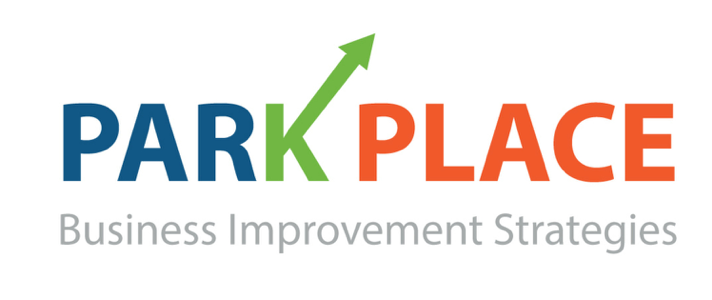
Build Better Processes
Workshop Series
How to Build Better Processes
WORKSHOP #1
The What, When & Why of Processes
This session answers some of the very basic questions about process, such as
What are the warning signs that you need a better process?
When does a good process become a best practice?
Why bother building better processes?
Process, procedures, SOPs? What’s the difference?
WORKSHOP #2
How to Improve a Process
One of our clients said it best – “I am surprised at how many business problems you can solve when you carefully write down your procedures and talk with your staff about how they could be accomplished better.”
In this session, we will consider exactly how to do that.
WORKSHOP #3
How to Sustain a Process
Here’s where the rubber really meets the road! Now that you have the new process, how do you sustain it? In this session, we’ll review establishing a system of reporting, metrics and actionable analysis.
Various options for documentation will be examined as will be some tips for a successful implementation.
Workshop #1
The What, When & Why of Processes
What is a Process
You may not realize it, but processes are already in place in your organization. Whether it's setting up an event, turning in an expense report, training a new employee or calling in sick – there’s a process for that. Unfortunately, not all processes are effective ones.
We all have experienced that completely out-of-control feeling that comes with constant meetings, lack of adequate training, an unmanageable ‘to do’ list and constant change after change after change.
When Should Processes be Improved
When? Immediately & Continuously! Maybe we are biased, but we believe that addressing processes should be an everyday thing with every employee as part of a continuous improvement culture.
But what are some of the warning signs that a process is dysfunctional. We'll also discuss some motivating as well as high risk events that are faced by nearly every organization at one time or another.
Why Should Processes be Improved
There are lots of reasons today why it is important for your organization to continuously build better processes, especially in the pandemic rebound year of 2021. But to sum it up, I’ve paraphrased a quote from John C Maxwell, a management guru.
“Success and sustainability in an organization is only created when the organization puts itself into the position to do great things with or without any single individual.”
– John C. Maxwell
Workshop #2
How to Improve a Process
IDENTIFY - How to ID and record a current process for improvement
We begin by identifying the root problem. The most effective way to do this is by reviewing your current process or as it is frequently known, the ‘as is’ process. How are you doing it now? This can be more difficult than it seems, but when you take the time to write down the way you are doing things now, problems become clear. And typically, so do the solutions.
PLAN - How to plan for process improvement
Next, you make a plan for these solutions by developing your Best Practices.
The question becomes how should it be done? It’s important to work with the key stakeholders, considering all circumstances and what the data reveals. Then a step-by-step pilot plan is made that appears to correct the problem.
DO - How to test your process improvement plan
Then, you do a trial run of the plan.
The trial run includes a documented process, identification of a leader for the project, as well as having all appropriate support on hand. Strong data collection and accurate reporting are key. The pilot should be implemented in a timely manner, faithfully following the new process. Does it work? Was the plan successful?
Workshop #3
How to Sustain a Process
CHECK - How to measure a process
Once the pilot program has run, the results are checked and adjustments are made.
With all stakeholders once again at the table; using customer feedback, front-line employee input and accurate data from the pilot program, determine enhancements to improve performance of the solution. What are the metrics that tell you it is/is not working? These should be put in place along with a regular reporting and reviewing calendar.
ACT - How to fully implement a process improvement plan
Act by implementing the new plan and making the fully documented new Best Practices (and their test results) available to everyone.
Plan for enhanced pilot program rollout on a larger scale, including:
Full documentation of the improved process
KPI development for ongoing monitoring
Change management to ensure adoption
Training to assure necessary expertise
30-60-90-day team check-ins
REPEAT - How to continue process improvement
Repeat the on-going business process redesign by continuously reviewing and monitoring the metrics.
As staff, customers, competitors and circumstances change, so should your processes.
